Welcome to this month’s Seasonal Celebrations Digest. I am delighted to share seasonal celebration tips for both hemispheres below. Each monthly digest also includes links to previous articles and podcast episodes, providing information on the history, traditions and folklore for each seasonal celebration.
June marks the start of winter in the southern hemisphere. In Australia and New Zealand, winter starts on June 1st with Holle’s Day, followed by Winter Solstice and Modranicht (Mother’s Night) on the 21st.
In the northern hemisphere, the weather is warming up with summer starting on the Summer Solstice, June 21st, also known as Midsummer in western European countries, Midsommar in Nordic countries and Kupala or Ivan Kupala Day in many Slavic countries.
Please feel free to share the little moments of magic you create in June, whether it is a small and personal token that has meaning only for yourself, whether you create seasonal magic with decorations, food or special moments for your family/friends, or whether you put on a big and extravagant affair.
It is a special thing to continue, adopt or create your own traditions and recipes, however you prefer to celebrate the season. Magic happens when you create memories with personal rituals, decorations and food that nourishes the soul as well as the body.
Have a lovely, joy-filled Holle’s Day for the first day of winter (June 1st) and Mother’s Night for the winter solstice (June 21st) for those of you in the southern hemisphere. Happy Midsummer or Kupala Day on June 21st for those in the northern hemisphere.
Enjoy!
Southern Hemisphere
Holle’s Day (First Day of Winter) - June 1st
In Australia and New Zealand, winter has begun. What better time than to celebrate Frau Holle—also known as Holda or Mother Hulda—a powerful winter spirit from German folklore. She is revered as a weather goddess, guardian of the land’s fertility, and protector of women’s crafts. She is said to bring snowfall by shaking out her featherbeds, and in some tales, she rides the winter skies in a chariot or sleigh, blessing fields below.
Celebration Tips
Holle’s Day is a great time to pack away the autumn-themed decorations and all the accoutrements of Samhain, turning our thoughts to the cold, frost and longer nights. Make sure fireplaces are clean and the flues have been cleared. If you haven’t already, ensure you have access to good stores of firewood or that your home heating systems work properly.
Update your household décor for the season with fur or other warm, soft furnishings like throws and cushions. Light candles in the evenings. Embrace the Danish art of hygge with cosy blankets, comfy socks and pyjamas, and indulge in warm drinks, eat chocolate, read books, play board games, spend time with good friends, and listen to your favourite music.
If you would like indulge in even more festive flourishes, decorate your home with silver, white and sparkly ornaments, snowmen and polar bears. Reindeer and deer antlers acknowledge our prehistoric connection to the coming winter solstice and Modranicht (Mother’s Night). Place conifers, pinecones and twigs in vases, and create a winter-themed display. Craft paper-cut snowflakes and string them to your windows or create paper star lanterns.
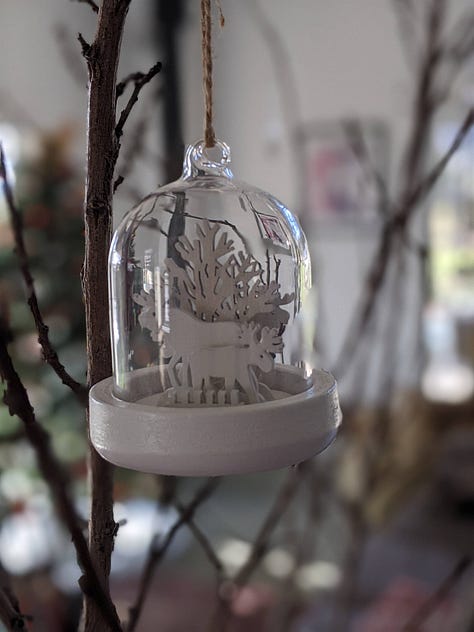


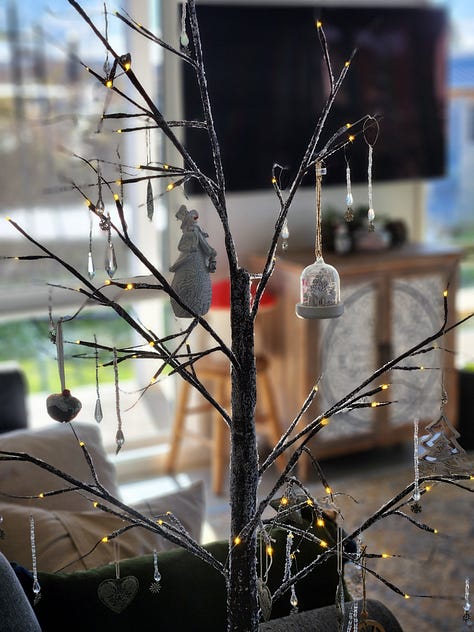



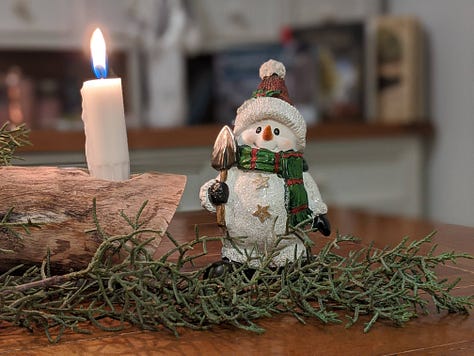
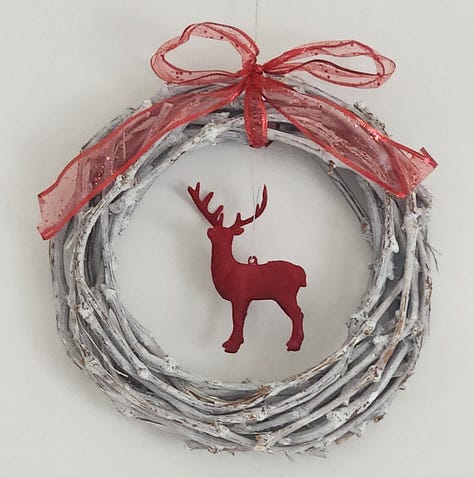
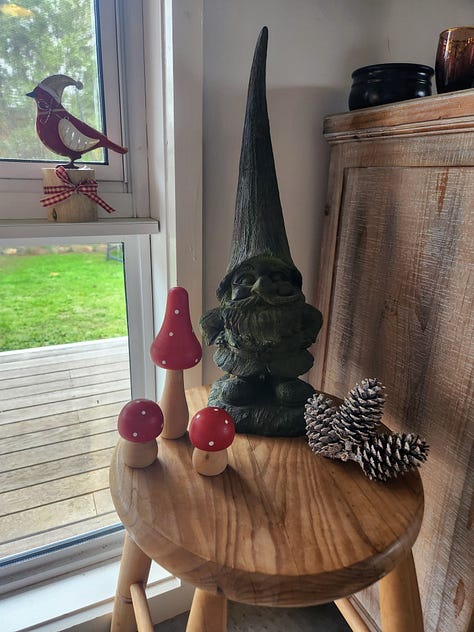
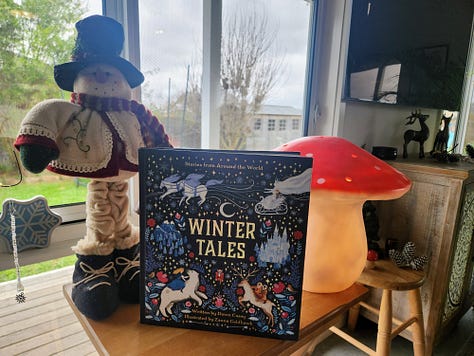
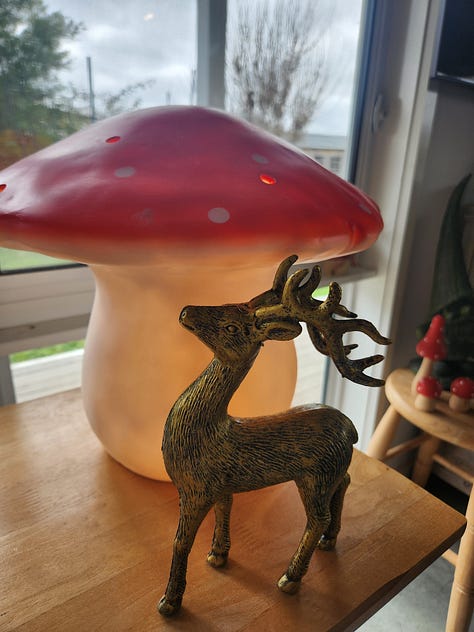
Mother’s Night (Winter Solstice) - June 21st
The Winter Solstice marks the longest night and the turning point of the year, when the sun begins its slow return. Across ancient cultures, this time was seen as sacred—a moment to honour the life-giving, protective forces of the feminine.
In the deep past, the Reindeer Mother Cult of Ice Age Eurasia venerated the female reindeer as a guide through darkness, a tradition echoed in the surviving Sámi culture of the Arctic tundra. Across Europe, deer cults and solstice goddesses symbolised renewal and ancestral wisdom.
The Celts honoured the Cailleach and the rebirth of the sun, while Romans celebrated Saturnalia with feasting and gift-giving. In Germanic lands, the solstice was known as Modranicht, or Mother’s Night—a time to honour female ancestors and the spirits of hearth and home.
Celebration Tips
There is something quite magical about waking up before dawn and watching the sun rise on the morning of the winter solstice. Find a place that has meaning to you and allows a good view of the eastern horizon. This can be the view from a window, the garden, or a favourite spot you can easily access. Rug up and make yourself comfortable as you watch the sun rise.
Take note of where it rises on your landscape. What landmarks on the horizon does the sun first touch? Draw the horizon view, including significant landmarks and mark where the sun rises, or take a photo. Celebrate the occasion with a ‘wee dram’ or favourite drink to toast the sun.
You might like to incorporate elements from ancient traditions into your own solstice celebrations—such as lighting candles to honour maternal ancestors and the reindeer mother, preparing a special meal, giving small gifts, or simply taking time to reflect on the return of the light.
If you’d prefer a more communal celebration of winter solstice or Mother’s Night, celebrate with a family feast or invite your friends around for a hyggelig evening together. When I have the time and energy, I love to cook a gourmet dinner of beef wellington with wild mushroom duxelle, green peppercorn sauce, herbed kipfler potatoes, and a winter salad from the Food Network’s Ultimate Beef Wellington recipe.
If I don’t have the time or energy, I still enjoy cooking, but serve a simple pea and ham soup instead, using the ham hock from last year’s Christmas ham, which has been stored in the freezer for just this occasion. I always cook a fig and ginger pudding for dessert, using this delicious Taste.com recipe for Sticky Fig and Ginger Pudding. When I make the pudding, I never forget the traditional ‘stir up’: every member of the family must stir the pudding with wishes for joy and good fortune, and a silver coin or a blanched almond is added to bring good luck to the person who finds it.
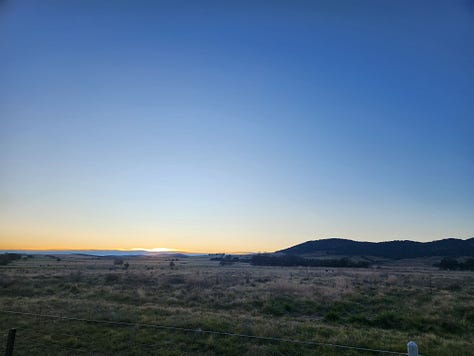
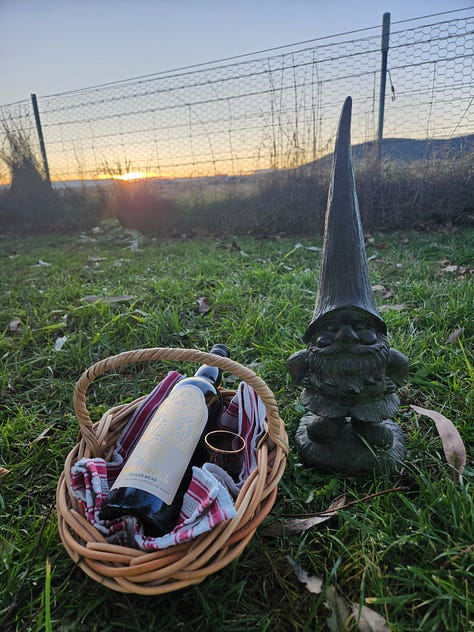

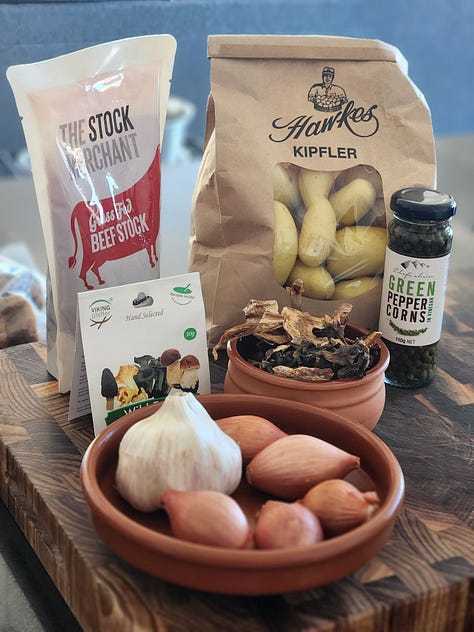
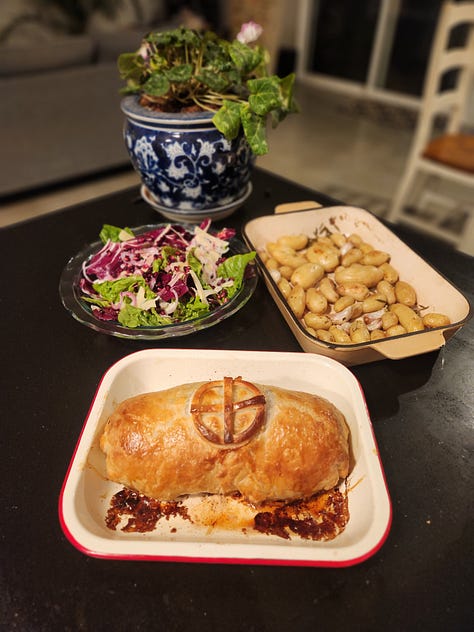
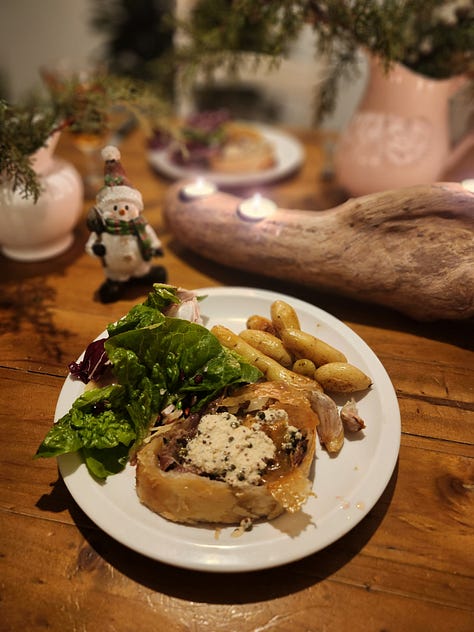
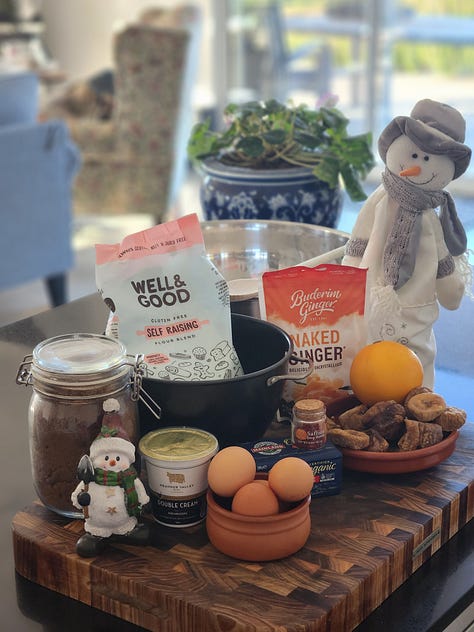
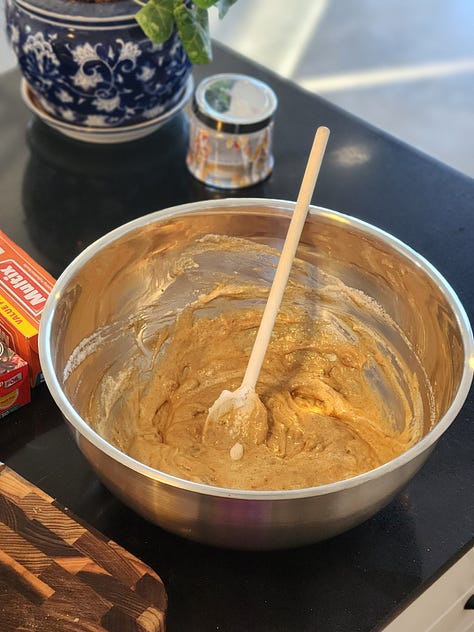
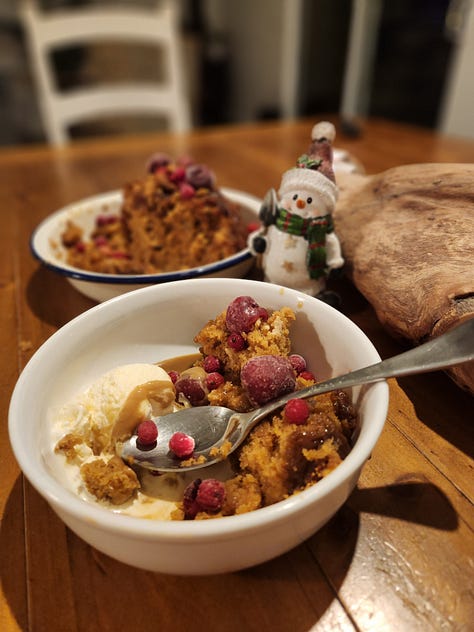
Episodes
Northern Hemisphere
Midsummer (Summer Solstice) - June 21st
Midsummer has been celebrated for thousands of years as a time of light, fertility, and abundance. For the Celts, it was a fire festival honouring the sun at its peak and often linked to hilltop gatherings and rituals of protection and blessing. In Nordic regions, Midsummer was marked with bonfires, feasting, and the raising of the maypole—a symbol of life and growth—alongside offerings to land spirits and water sources. Slavic peoples celebrated Kupala Night, a festival of fire and water where young people leapt over flames, wore flower crowns or floated them on rivers, all to bring love, luck, and purification.
Celebration Tips
Now is the time for communal fun and the outdoors. Light a bonfire near a body of water for tradition’s sake (and safety), being careful to follow fire-safe practices. Take your love by the hand and jump over the fire for good luck, then go for an invigorating swim or join friends and family in a sauna, followed by a cold shower/plunge.
Weave wreaths from summer flowers and wear them on your head, give one to the one you love or float one on a river or stream to divine your romantic fate. Decorate your home with bright and richly-hued soft furnishings and display colourful bouquets of summer flowers. Organise a BBQ picnic with a group of your favourite people and feast on delicious and light summer dishes like summer salads, seafood, BBQed meats, strawberries, and other summer fruit. Quench your thirst with refreshing drinks.
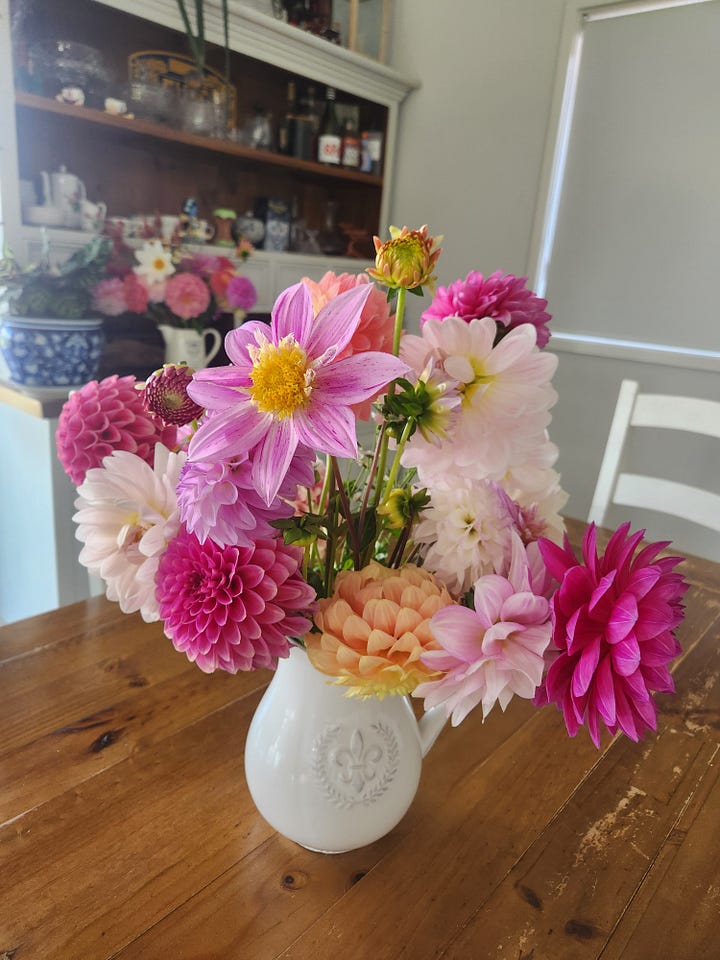
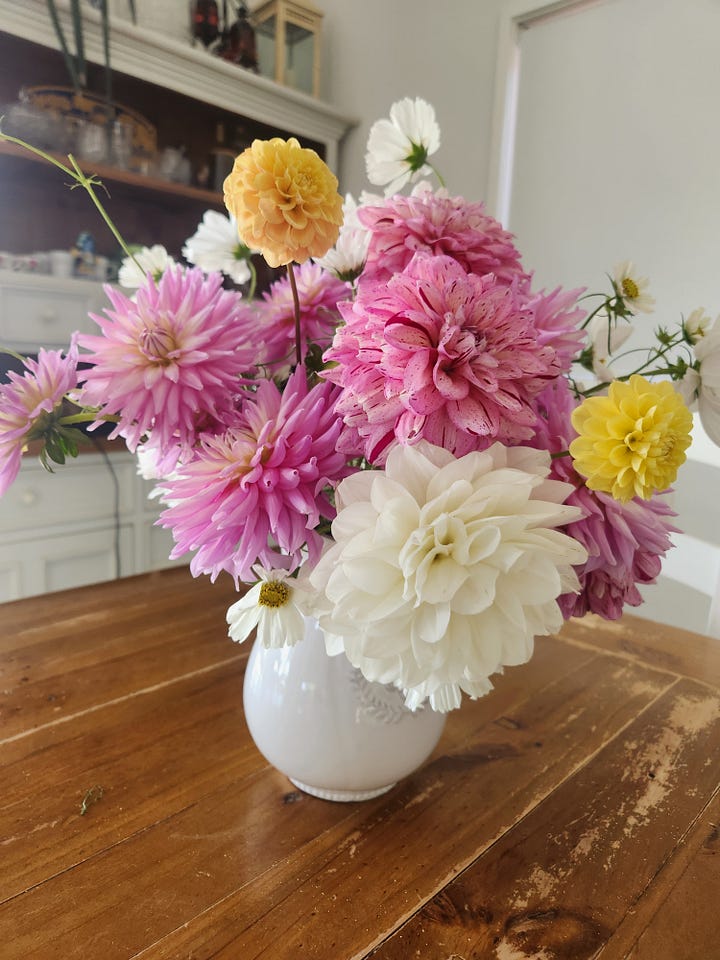
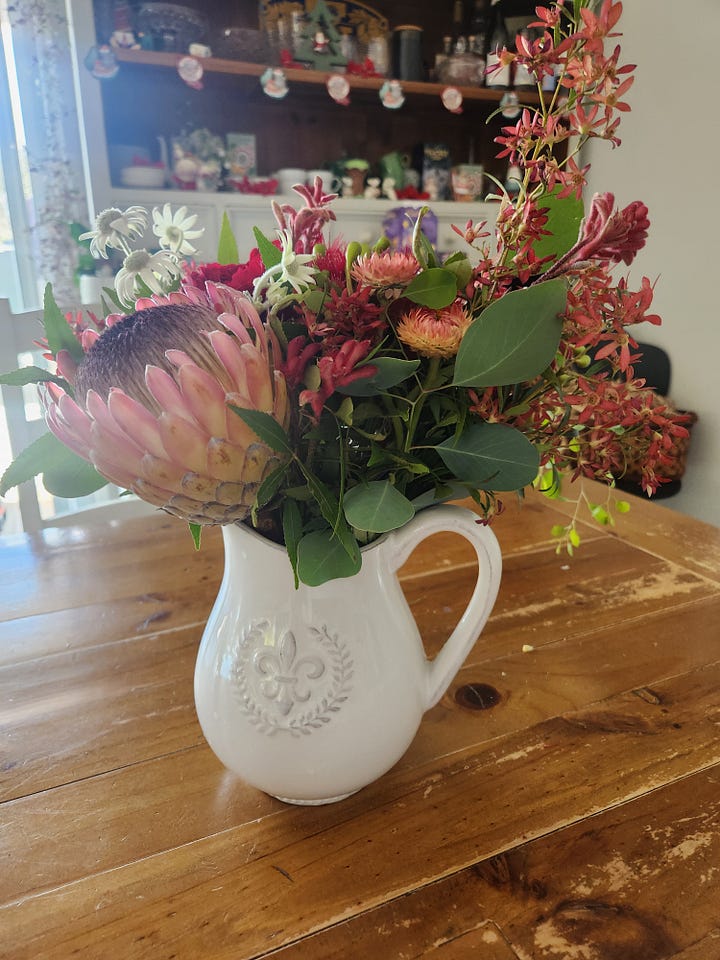
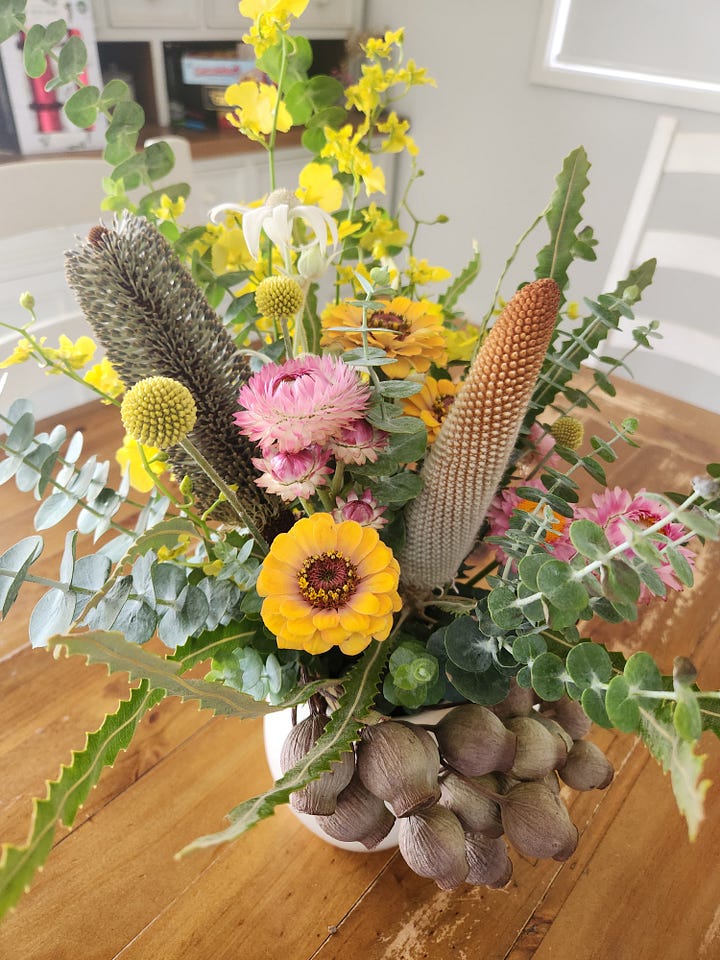
For a more personal celebration, you could create a seasonal display in your house. Practice rituals, say prayers, or participate in cultural traditions and celebrations in ways that have meaning to you and your religious or cultural beliefs. Summer solstice in the southern hemisphere occurs in December, so our summer solstice decorations involve Australian Christmas themes.
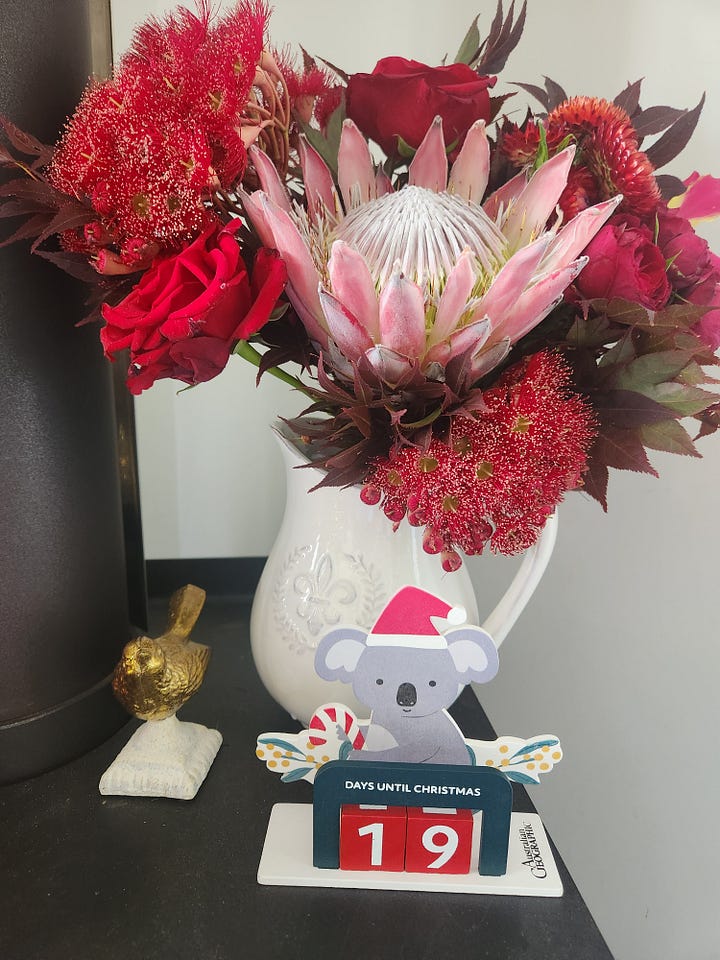
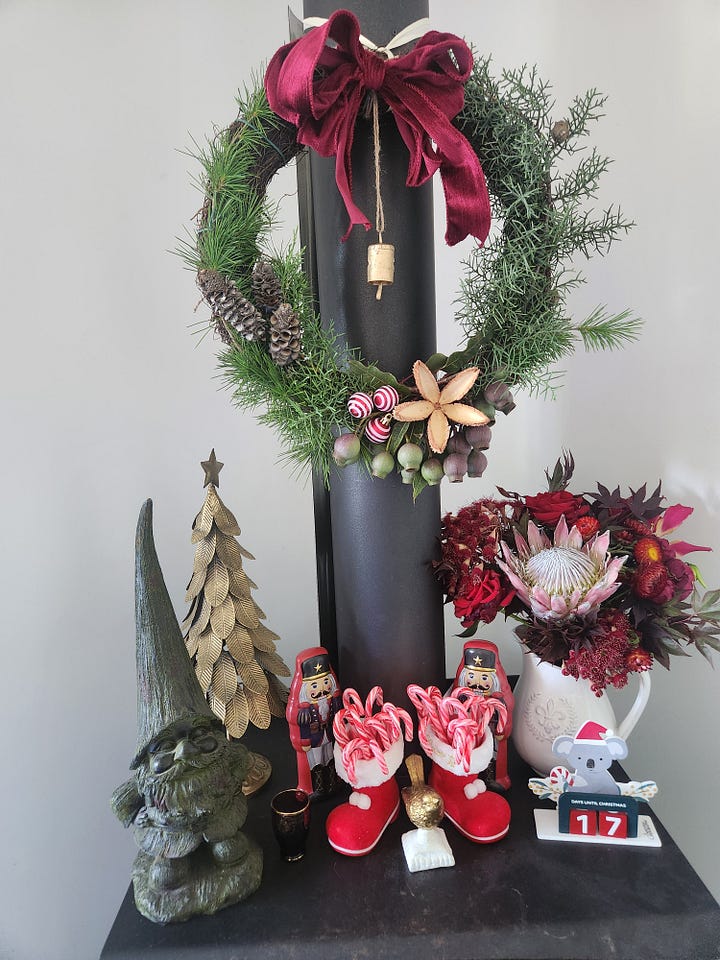
On the morning of the Summer Solstice, enjoy the magic of waking up before dawn and watching the sun rise. Find a place that has meaning to you and allows a good view of the eastern horizon. This can be the view from a window, the garden, or a favourite spot you can easily access. Make yourself comfortable as you watch the sun rise. Take note of where it rises on your landscape. What landmarks on the horizon does the sun first touch? Draw the horizon view, including significant landmarks and mark where the sun rises, or take a photo. Celebrate the occasion with a favourite drink to toast the sun.
Episodes
Coming up in July…
Next month, we’ll explore ideas to celebrate Yule in the southern hemisphere and learn about the “dog days of summer” in the northern hemisphere.







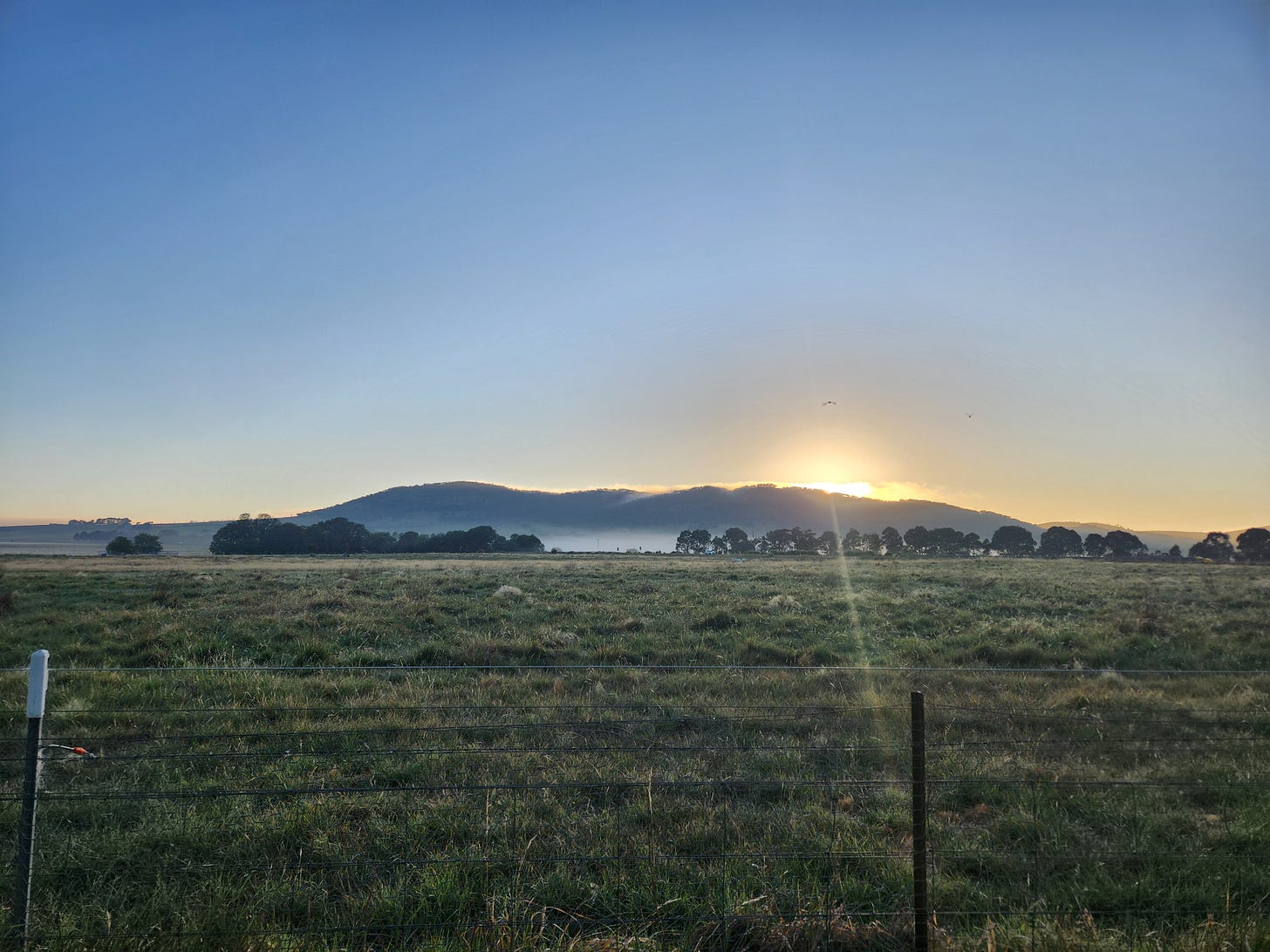
A beautiful collection of ideas for celebrating the season. I love the idea of going out to greet the sunrise at the start of winter (well rugged up against the cold,of course, and followed up by a nice hot, hot chocolate, afterwards, perhaps).